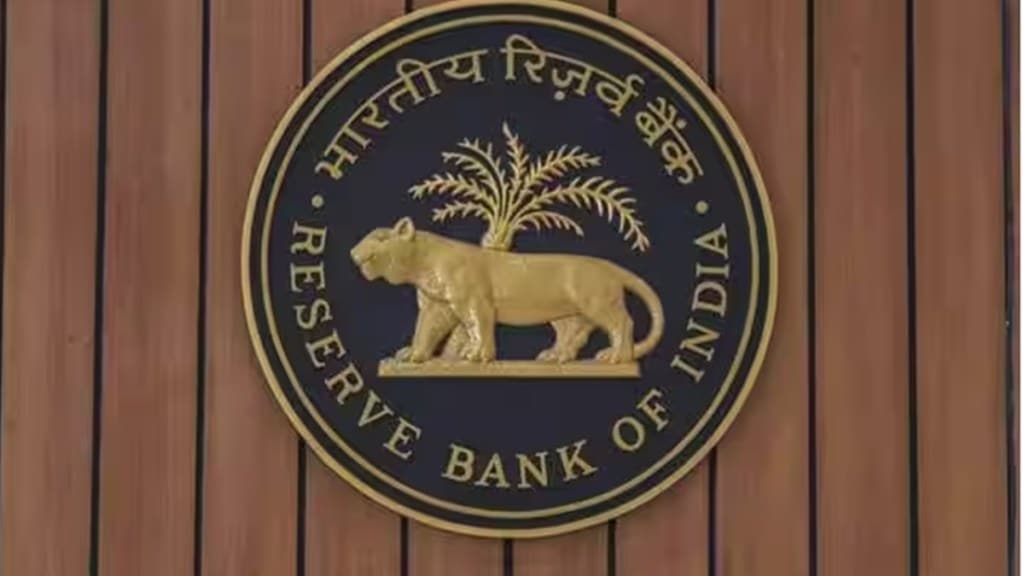The Reserve Bank of India (RBI) is expected to leave the repo rate unchanged at 6.50%, fourth time in a row, in its next meeting on October 4-6, showed a poll of economists.
High inflation, which is still hovering above the RBI’s tolerance band of 2-6 percent, has dashed the hopes of any rate cuts in the current fiscal said most of the 13 economists polled by FE. Over 50% of the polled economists expect the central bank to pivot to repo rate cuts only from the first quarter of next financial year.
The hawkish central bank is also unlikely to tinker with its stand on liquidity as experts expect it to stick to its stance of “withdrawal of accommodation”.
“ The Monetary Policy Committee’s (MPC’s) latest forecasts suggest that inflation will remain above 5% through Q1 FY2025, based on which ICRA expects the earliest rate cut in Q2 FY2025. Moreover, ICRA continues to anticipate the rate cut cycle to be shallow, limited to 50-75 basis points (bps),” said Aditi Nayar, chief economist at ICRA Ratings.
The RBI’s MPC had voted for a pause in repo rate hike cycle in April 2023, after constantly hiking the repo rate cumulatively by 250 basis points (bps) since May 2022. The headline CPI inflation – which hit a 15-month high of 7.4% in July and moderated to 6.8% in August- is likely to slip further in September to 5.3%-5.5%, within the MPC’s tolerance band of 2%-6%.
Accordingly, the CPI inflation will likely average at 6.6% in the second quarter of FY2024, overshooting the MPC’s inflation forecast of 6.2% for that quarter, she said.
Bank of Baroda Chief Economist Madan Sabnavis said that while he expects the RBI MPC to maintain repo rate at 6.50%, the regulator may even tweak Q2FY24 inflation forecast upwards.
“Thereafter, we expect the CPI inflation to ease to 5.6% in third quarter (Q3) FY2024 and further to 5.1% in Q4 FY2024, amid upside risks to food inflation on account of the impact of uneven and sub-par monsoons and low reservoir levels on kharif yields and rabi sowing, respectively,” Nayar said.
Rajani Sinha, chief economist at CareEdge Ratings, said that the recent uptick in inflationary pressures is not broad-based in nature, but predominantly driven by acceleration in food prices due to weather irregularities. Furthermore, the elevated inflation in select items of the food basket such as cereals and milk is reflective of the supply-driven pressures and hence the RBI has limited space to act in terms of a rate cut.
CareEdge expects the RBI to look through these transient surges while maintaining a vigil over the evolving scenario, however, the RBI will actively manage liquidity in the system to ensure that there is no build-up of abundant liquidity, as that would further aggravate the inflationary pressure.
“If food inflation persists at higher levels, then it can spill over to other parts of the inflation basket and make inflation generalized. RBI has to ensure that demand conditions do not lead to generalised inflation if supply shocks persist,” said Dharmakirti Joshi, chief economist at CRISIL.
Pivot to rate cuts
A majority of economists say that the RBI’s MPC will likely pivot to rate cuts only from Q1FY25 onwards. Prasnejit K Basu, chief economist at ICICI Securities, says he expects the first rate cut of 25 bps to occur at the MPC’s first meeting of FY25 in April 2024.
By that time, he expects that the CPI inflation rate will have moderated well below 5%, after a good Kharif harvest. The core CPI inflation will likely continue moderating steadily further throughout the next few months, he says. Core CPI inflation fell below 5% in July and moderated further to 4.79% in August.
RBL Bank Chief Economist Achala Jethmalani, meanwhile, expects the MPC to pivot to rate cut only in July-December 2024. The inflation trajectory remains susceptible to volatile commodity and weather-related shocks, she said, adding that with rates raised already, the RBI is seen actively manage liquidity so as to keep borrowing costs aligned to policy stance and the repo rate.
Kapil Gupta, executive director at Nuvama Institutional Equities, said he expects the MPC to possibly start cutting repo rate from mid-2024 as the impact of past tightening on the domestic economy would be fairly clear. Not just RBI, he says that globally other central banks too would be looking to reverse the rate cycle during the same period.
“My sense is RBI would start easing policy only when the 12-month forward trajectory is close to target of 4%. And that might happen only in second half of FY25,” said Akhil Mittal, senior fund manager, fixed income at Tata AMC.
